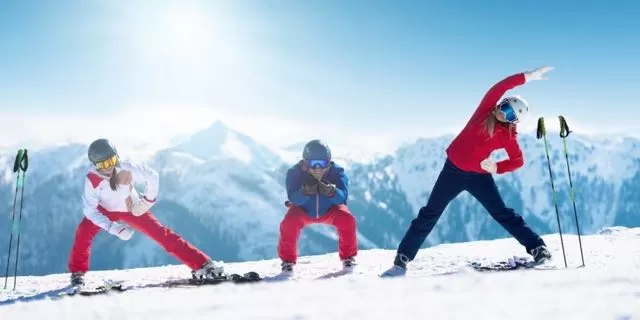
However, it also involves some risk and it is common to see fans fall. The most common injuries are usually small knocks and bruises that do not lead to more, but there are also other types of injuries that can be much more serious if the necessary precautions are not taken.
We are going to explain to you the most common injuries in skiing and how to prevent them.
ON SKIING AND HOW TO PREVENT THEM
- Knees

The reason is the sudden twist of the joint that produces a forced rotation of the knee, immediately producing acute pain as well as the inability to walk logically.
- Shoulder injuries

Another common injury is a clavicle injury, resulting in a deformation in the upper part of the shoulder.
- Hand injuries
We can also cause a fracture in the wrist if the blow and support are a strong and dry impact.

- Arm injuries
Other injuries
Although the above are the most typical in snow sports, there are also other injuries that occur during the practice of these sports, such as trauma, leg fractures, wrist sprains, and different finger injuries. br />
HOW TO PREVENT INJURIES
Naturally, a body that is previously trained is less prone to suffering this type of injury, although it also depends on many external factors such as the quality of the snow and the caution you take on each descent.
As we have mentioned, a trained body obtains greater resistance to blows and falls, although it is true that they are also more prone to the first and last hour of the ski day, due to warming up of the muscles and fatigue. at times close to the closure of the slopes.

Another reason is fatigue, so it is advisable to rest properly during the day, making stops and breaks to avoid fatigue. It is also highly advisable to stay properly hydrated.
Finally, avoid poor quality snow as much as possible, especially in the afternoons. Icy or snowy slopes are more likely to cause overexertion and, consequently, the likelihood of injury.
















